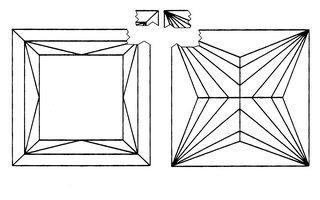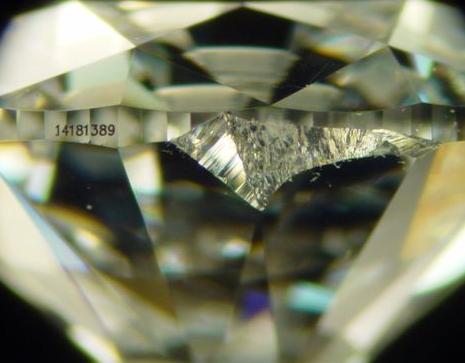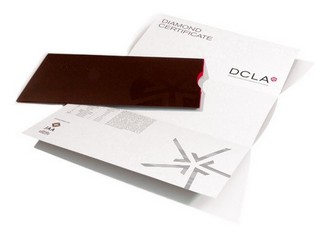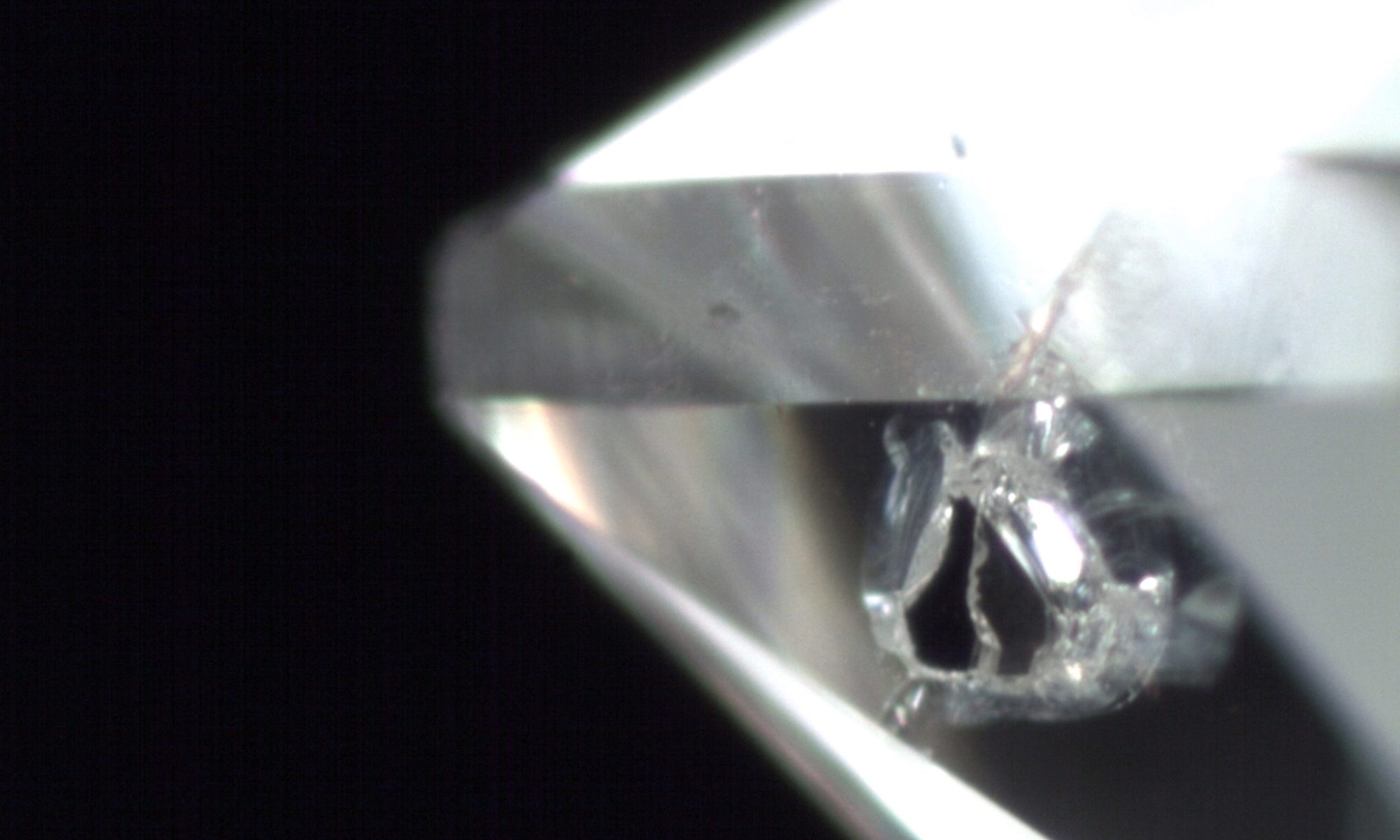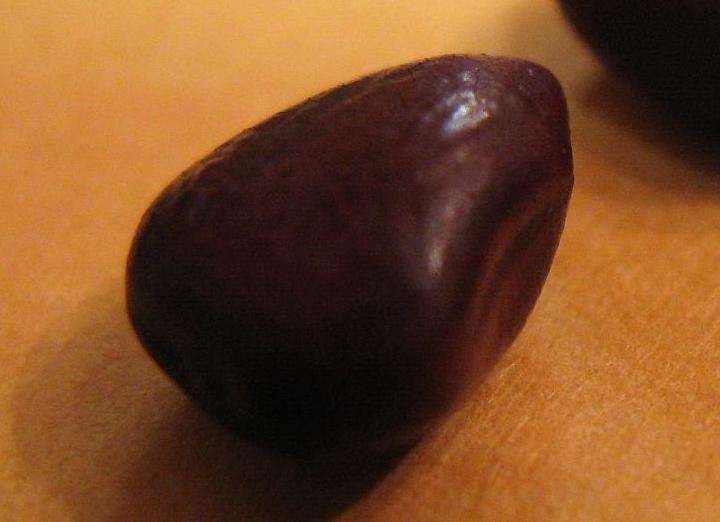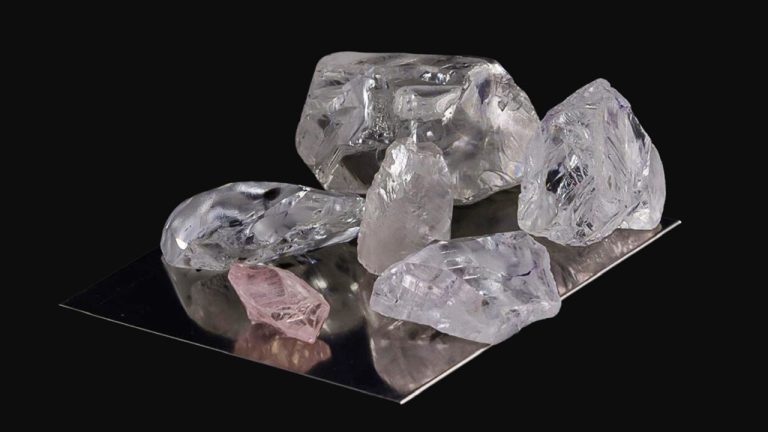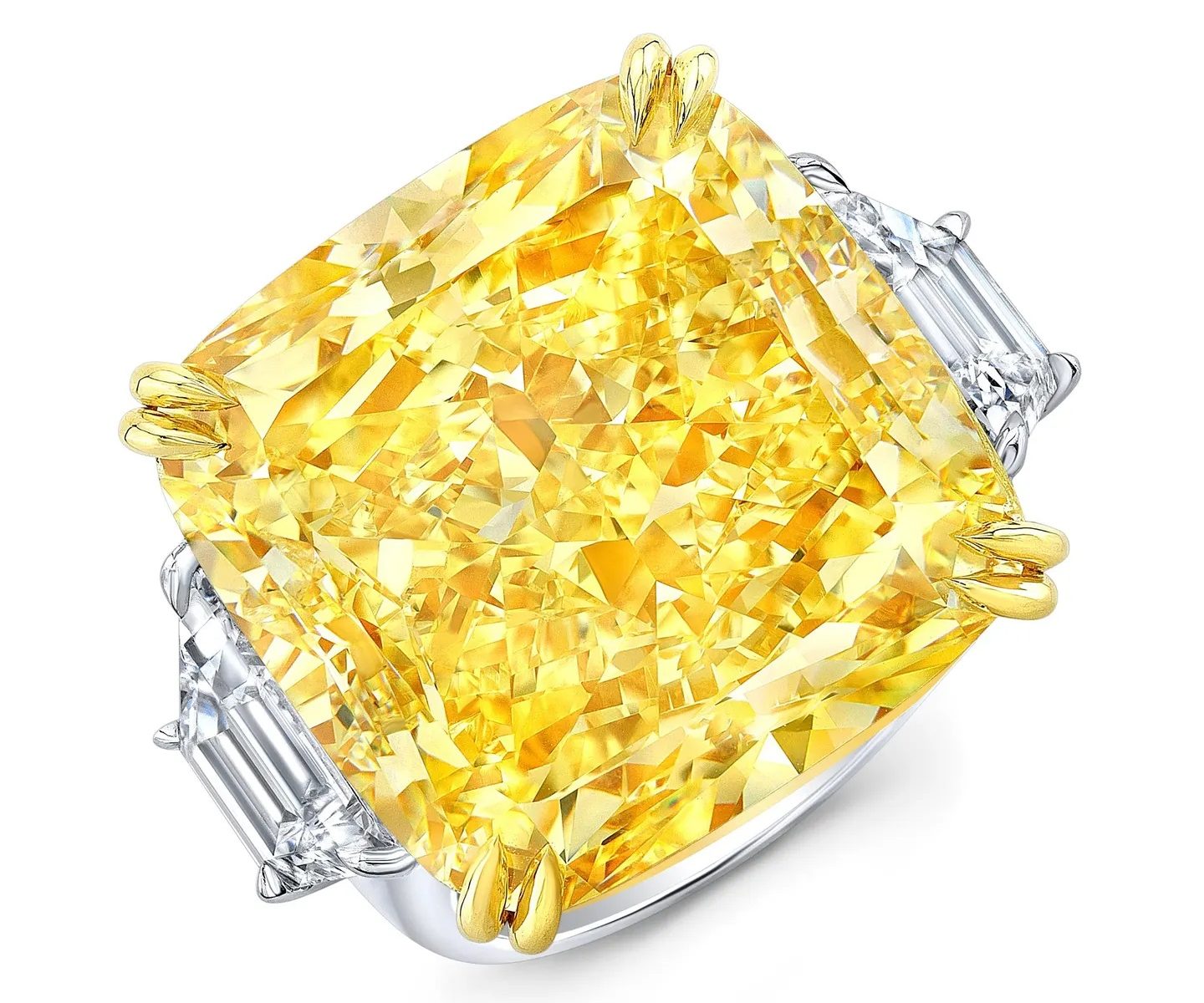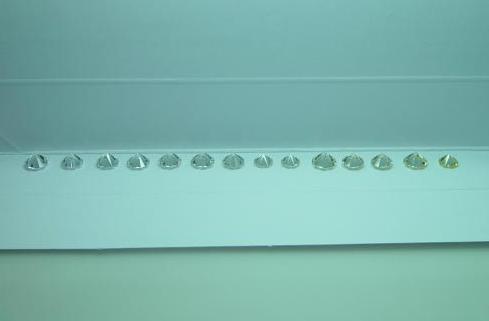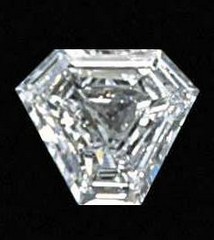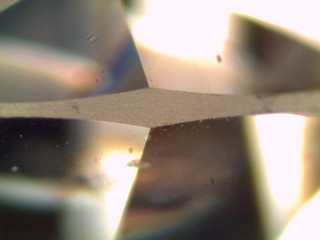A chipped diamond refers to a diamond that has sustained a small break or loss of material from its surface, typically at the edges or corners. Chipping is generally caused by impact or rough handling. While it may not affect the diamond’s overall structure, it can influence its appearance, value, and durability.
Key Points About Chipped Diamonds:
Causes of Chipping:
Impact: Diamonds are very hard but not immune to damage, especially if they experience a sudden blow or fall onto a hard surface.
Sharp Edges: Diamonds with sharper corners or thinner edges, such as those found in princess cuts or emerald cuts, are more prone to chipping.
Improper Setting: A diamond set in a way that leaves its edges exposed is at higher risk of chipping.
Impact on Value and Appearance:
Clarity: A chipped diamond may have a noticeable blemish that lowers its clarity grade. It can reduce the diamond’s brilliance, as light may not reflect as effectively from the damaged area.
Aesthetic: A chip is visible to the naked eye in most cases, especially if it’s located near the centre or on a large diamond.
Value: Chipped diamonds are typically worth less than those without damage. The degree of value loss depends on the size and location of the chip.
Repair Options:
Re-cutting: For diamonds with significant chips, a jeweler can re-cut the diamond to remove the damaged area, potentially enhancing the diamond’s overall appearance. However, this reduces the diamond’s carat weight.
Polishing: Small chips can sometimes be smoothed or polished to reduce visibility, though this may not completely eliminate the blemish.
Re-setting: If the chip is near the edge, a jeweler may also re-set the diamond in a protective setting, such as a bezel, to prevent further damage.
Prevention:
Careful Handling: To prevent chipping, diamonds should be handled carefully, especially if set in rings or worn frequently.
Secure Setting: Settings that protect the edges of the diamond, such as bezel or tension settings, can prevent damage.
Checking for Chips:
It’s essential to regularly inspect your diamond for any signs of damage, especially after a fall or impact. A professional inspection can also reveal chips that may not be easily noticeable with the naked eye.
